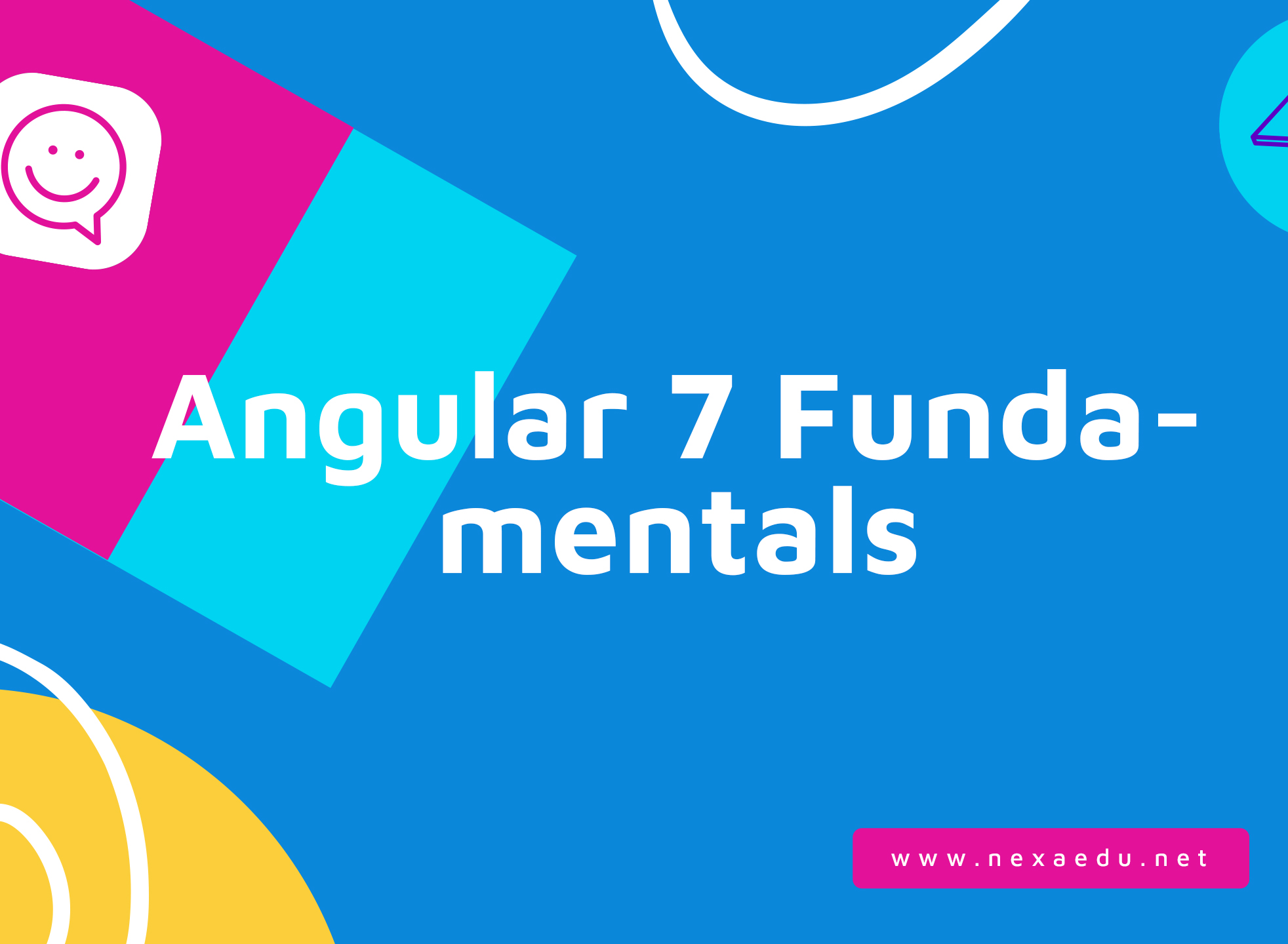About this course
Course Overview
In this course, you will learn how to develop client browser based applications using the AngularJS framework. You will learn how to use the open source AngularJS framework and combine this with powerful REST services on the back-end to build single page applications (SPA). With the knowledge gained from this course, you will be able to create your own rich and powerful SPAs that keep all their state in the browser and communicate with RESTful services on the backend in order to retrieve and persist data.Target Audience
Experienced web developers with a minimal of 6 months web development who want to:
- Start building rich client side web applications using AngularJS
- Create rich Single Page Applications
- Learn the power of JavaScript and the browser
Course Objectives
- How to use the AngularJS framework in a modern web application
- Advantages of SPA style web applications
- How to use REST services from your AngularJS application
- Create custom HTML elements using AngularJS directives
Course Content
Day 1
- JavaScript Refresher
JavaScript is a deceptive language. Its name suggest that it’s a scripting version of Java
but that is not the case. In this module we will take a look at some of the JavaScript
features that are important to understand when working with a framework like AngularJS. - AngularJS Introduction
This module provides in an overview of the AngularJS Model View Controller framework.
After this module you will have a basic understanding of the different parts of the
AngularJS architecture and how to use them. - Services & Factories
Moving functionality from controllers into reusable services makes for a much better
architected application and is considered a best practice. In this module you will learn
about most of the standard services AngularJS provides as well as how to create your
own. We will also take a look at the different options for creating reusable modules and
services you can use.
Day 2
- AngularJS and Ajax
There are few applications that do not need to communicate with the server using AJAX
calls. In this module we will take a look at the $http and $resource services provided by
AngularJS to perform AJAX requests. You will learn how to interact with server-side
RESTful services asynchronously using AngularJS’s built-in networking features. - Data entry using AngularJS
CRUD applications are the bread and butter of AngularJS applications. In this module we
will examine the different features AngularJS offers to create data entry forms and
perform data validation on the client. - Using Routing to create SPAs
Traditional web applications perform full page loads when the user navigates from page
to page. In this module you will learn how to use the routing features of AngularJS to
create an application where this navigation is done only on the client’s machine. This
allows us not only to navigate much faster but also to retain state on the client browser
between the different parts of our application.
Day 3
- AngularJS Patterns
When building AngularJS application you will be faced with many choices. For example
when to use a service or a factory, where to do validation or when to use the routing
module resolve option versus dependency injection. In this module we will take a closer
look at some of these choices and explore the pros and cons of the different options. - Building custom AngularJS Directives
AngularJS ships with an impressive and very useful set of standard directives, yet they
are only the beginning. In this module you will learn how to enhance and expand the
HTML language by creating your own custom AngularJS directives. These custom
directives will let you add behavior to DOM elements as well as create reusable UI
widgets. Using the techniques learned in this module, you will be able to turn HTML into
your own domain specific language (DSL). - Testing AngularJS applications
The way AngularJS is architected results in a highly testable application. In this module
you will learn the various ways of testing your own application. We will look at both unit
testing individual components as well as doing end-to-end testing of the complete
application by automating the browser.
Course Prerequisites
- Experienced web developers with a minimun of six months web development and experience with JavaScript
Comments (0)

0
0 Reviews





